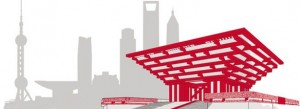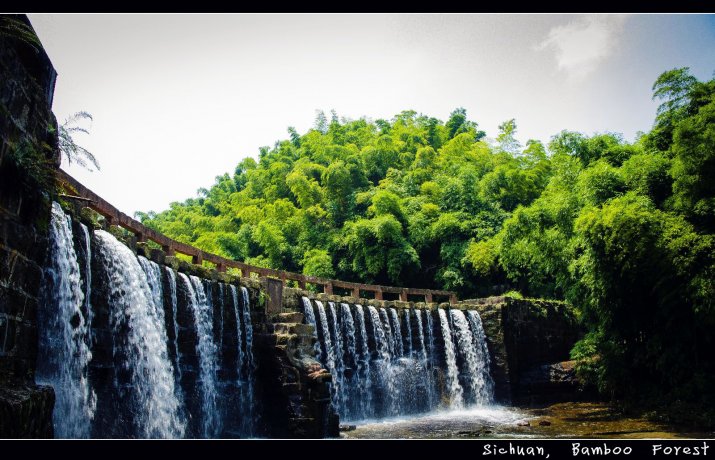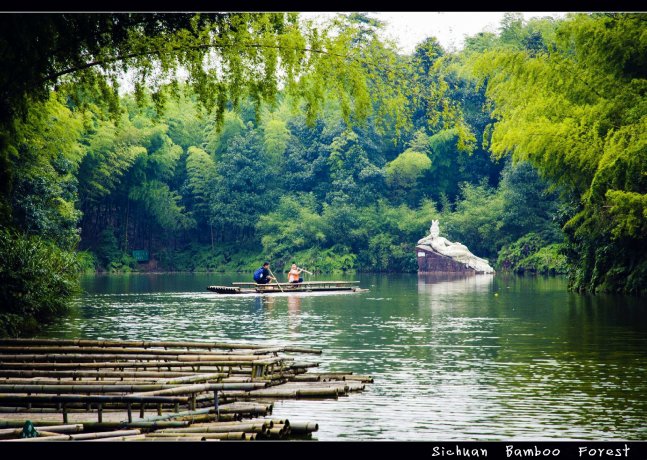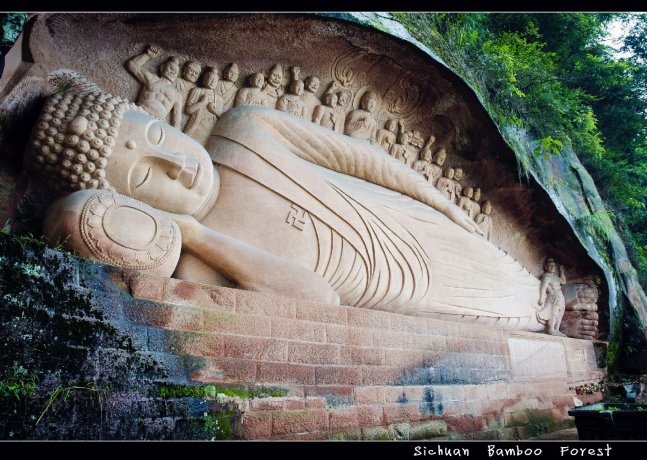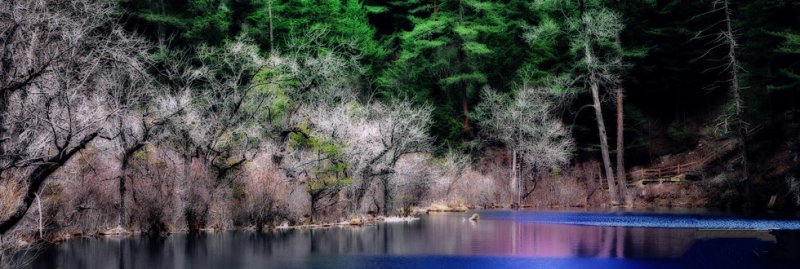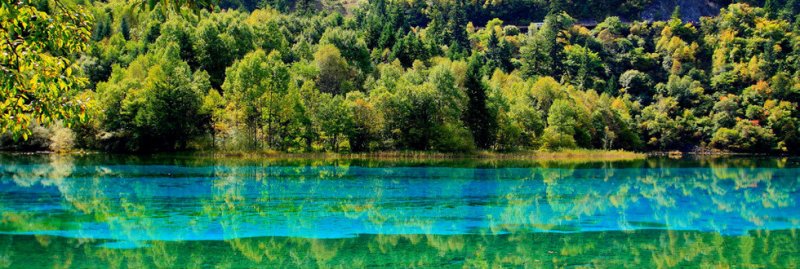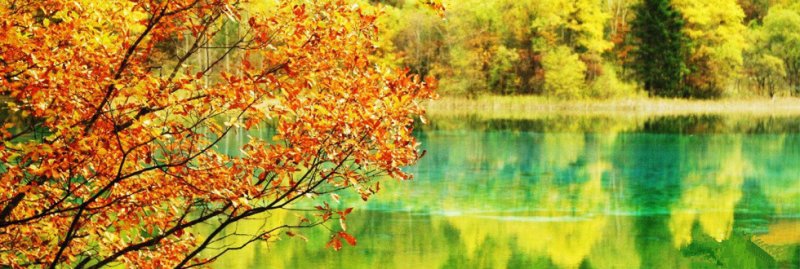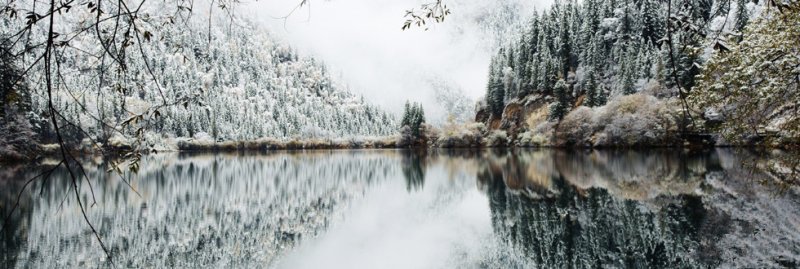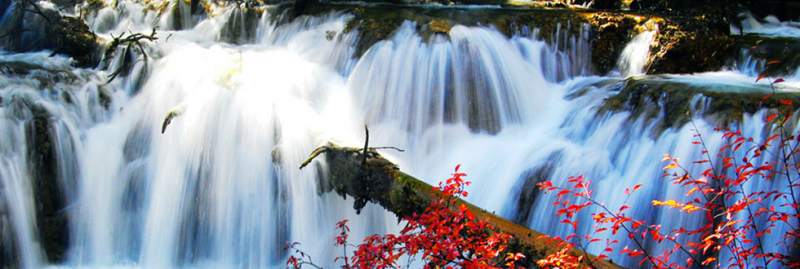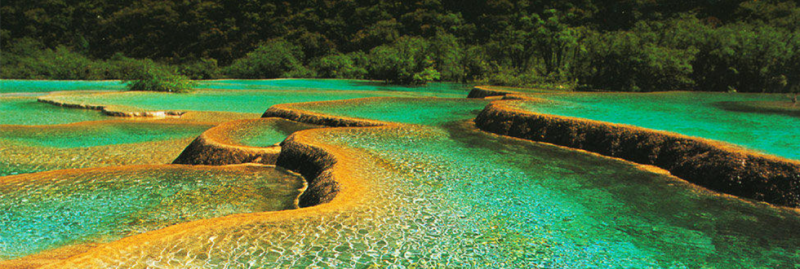Booking
- The pre-sale period of the train tickets is usually 60 days. It is shortened sometimes due to Spring Festival Rush or change of running schedule. As a result, the tickets may not be released on time. We will keep an eye on it and book the ticket you ordered as soon as they are released. It is advised that you book the tickets a few days in advance to guarantee availability.
- When you book a ticket online, it is of great importance that you input you first name, last name and passport number correctly in the form, i.e. your information must be exactly the same as on your passport. Otherwise, you cannot get on board. Note that your name and passport number cannot be changed once your tickets are booked.
- The dynamic information of ticket sales changes every minute. On certain date, some trains sell out in seconds. We’ve tried to update the sales information( e.g. the remaining tickets) in time, however, we cannot guarantee its accuracy.
- The total price includes the price paid for the ticket, our service fee plus the PayPal fee, if applicable. The final price may be slightly different from time to time due to the changing exchange rate or depend on the sleeper we purchase (low, middle and upper sleepers have different prices).
How to get your tickets
After you have finished booking tickets on our website, you can get your tickets either by printing out the paper tickets by yourself at the train station or asking us to deliver the paper tickets to your hotel in China.
Once we have confirmed your booking, we will send you an email with an E-ticket number. If you want to print out the paper ticket by yourself at the train station, you have to show the E-ticket number and your passport to the staff of the ticket office, then the staff will print out the paper ticket for you.
Change and cancellation
Change
According to the China Railway, the departure date, the arrival station, train number, seat or sleeper type can be changed once for free before the train departs. The departure station, passengers’ name and passport number cannot be changed.
The official website of China Railway is only available between 6:00 and 23:00 (Beijing time). Since it will take some time for us to change the ticket, we will need you to inform us at least 24 hours in advance.
Tickets can only be changed successfully when there are unoccupied tickets available.
If you have printed out the paper ticket or ask us to deliver the paper ticket to you, then the ticket cannot be changed by us. You need to change the ticket by yourself at the departure station or the station where the tickets are printed. Please take your passport and the paper ticket with you.
Cancellation
All the train tickets can only be cancelled before the train departs.
If you booked an E-ticket and haven’t printed out the paper ticket, we can cancel the ticket online. We will refund you the money after we receive the money from China Railway.
| More than 15 days before departure | Refund 100% of the ticket price |
| 48 hours to 15 days before departure | Refund 95% of the ticket price |
| 24 hours to 48 hours before departure | Refund 90% of the ticket price |
| Within 24 hours before departure | Refund 80% of the ticket price |
| After train departed | No refund |
The official website of China Railway is only available between 6:00 and 23:00 (Beijing time). Since it will take some time for us to process the cancellation, we will need you to inform us at least 24 hours in advance.
If you have printed out the paper ticket or have asked us to deliver the ticket to your hotel, then we cannot cancel the ticket for you. You need to cancel the ticket at the train station by yourself at the departure station or the station where the ticket is printed. After cancelling the ticket, you will not get the refund instantly, instead, you will be given a receipt. Keep the receipt in case we need you to show us the photocopy. We will refund you the money after China Railway return the money to us.
If you miss the train, you can only try your luck to change the train to a later one on the same day if there are tickets available. If not, your tickets will be invalid.
Train Ticket Service Policy

